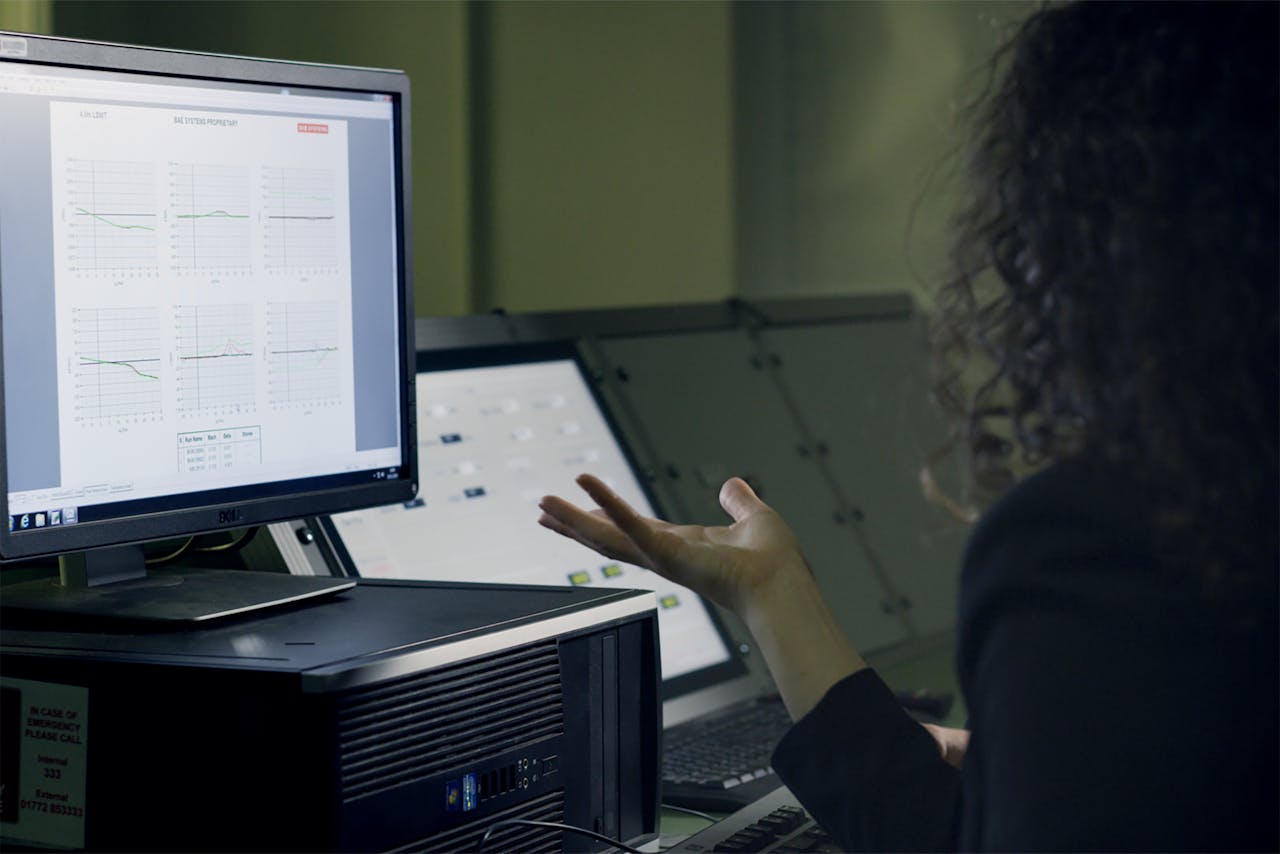Switching Gears: Agency to Product Builder
So, you’ve spent years building websites, apps, and campaigns for clients. You’ve met tight deadlines, managed impossible expectations, and shipped beautiful work. But lately, something’s shifted you’re craving more ownership, more creativity, and maybe even a little freedom from the client hamster wheel.
Sound familiar? You’re not alone.
Most agency pros eventually want to move from designing for others to creating something they truly own. It might be as mundane as a SaaS app, a digital product, or a niche platform. The leap from service provider to product creator is exciting and intimidating.
This post breaks down how to make the transition strategically without quitting your job one night or losing your mind.
Why Leave Agency Life?
Let’s be real—agency life has its perks. You get to work on diverse projects, build your skillset in a flash, and typically have a collaborative environment. But it can also be exhausting, unpredictable, and creatively suffocating.
Here’s why people opt to switch tracks:
- Ownership – You want to call the shots, not just get briefed.
- Stability – Tired of the feast-or-famine client merry-go-round.
- Creativity – No more design-by-committee.
- Legacy – You want to build something that scales and lasts.
1. Start While You’re Still Working
Don’t quit your agency job just yet. Spend your evenings and weekends validating product ideas. This is your test phase.
Pro tip: Think about internal tools or recurring client pain points for inspiration. If you’ve cobbled together a solution multiple times, there probably is a product in there.
2. Change Your Mindset: From Freelance to Founder
Agency work is firefighting you fix stuff as it appears. Product building is prevention. You’re not simply building a shiny interface or coding good-enough code. You’re wondering:
- Who are my users?
- What do they require?
- How do I keep them coming back?
- Will they pay for that?
This shift in mindset is enormous—and crucial.
3. Pick the Right First Product
Here’s the biggest trap: trying to build the next big all-in-one unicorn platform from scratch. Don’t.
Instead:
- Tackle a pain point (especially one you completely understand).
- Make the MVP tiny just sufficient to offer minimum value.
- Ship it to real users early and often.
Your first product does not need to be perfect. It only needs to work sufficiently enough to demonstrate your idea.
4. Use Your Agency Skills to Your Benefit
You’re not starting from zero. Not even close. Agency life has already equipped you with superpowers:
- Design abilities – Make something people want to use.
- Development speed – Ship fast, iterate faster.
- Marketing know-how – Launch strategies? Been there.
- Client management – Turn that into user onboarding and support.
The only difference now? You’re doing it for your own baby, not someone else’s brand.
5. Money Talk: How to Fund the Shift
Reality check: Products take time to pay off. Here’s how to stop financial panic from happening:
- Save a runway – Target 6–12 months of expenses.
- Scale back – Accept fewer, higher-paying customers.
- Productize your services – Sell fixed-scope products that liberate your time.
Frame this as a gradual shift, not a sweeping change.
6. Build in Public (or at Least With Feedback)
You don’t need a massive following to start but you do need to have someone to share it with.
Start to share your journey:
- Tweet about your journey.
- Post on LinkedIn.
- Engage with Indie Hackers, Reddit, or dev/design communities.
- Get early emails (even if it’s 10 people!).
You’ll get feedback, support, and maybe even early customers.
Learn the Business Side
You’re no longer a maker you’re a business owner. That means working with:
- Incorporation & taxes
- Pricing models
- Support systems
- Data and metrics
- Marketing funnels
It’s a lot, but you don’t need to learn everything tonight. Learn incrementally.
7. Iterate or Die
Client projects typically have a deadline after shipping. Not products.
You’ll need to:
- Observe what users do (not what they report)
- Improve based on feedback.
- Ship new features.
- Crush bugs (stat).
It’s a long-term relationship, not a one-night stand.
8. When to Go All In
No such thing as a perfect moment, but a few signs can assist:
- Your product earns at least 70% of your monthly income.
- You see steady, organic growth.
- You’re passionate about scaling and improving it.
- You’re spending more time thinking about your product than your clients.
When your side hustle starts feeling like your main mission it might be time.
Leaving agency work behind doesn’t mean abandoning your roots. You’re building on them. Each challenging client, rushed deadline, and project that got turned around helped you get to this point.
The road to your own product is longer but it’s yours. You decide where to take it.
Now take that idea off the shelf, carve out some time, and start building. The best work you’ve ever done might be your own.
